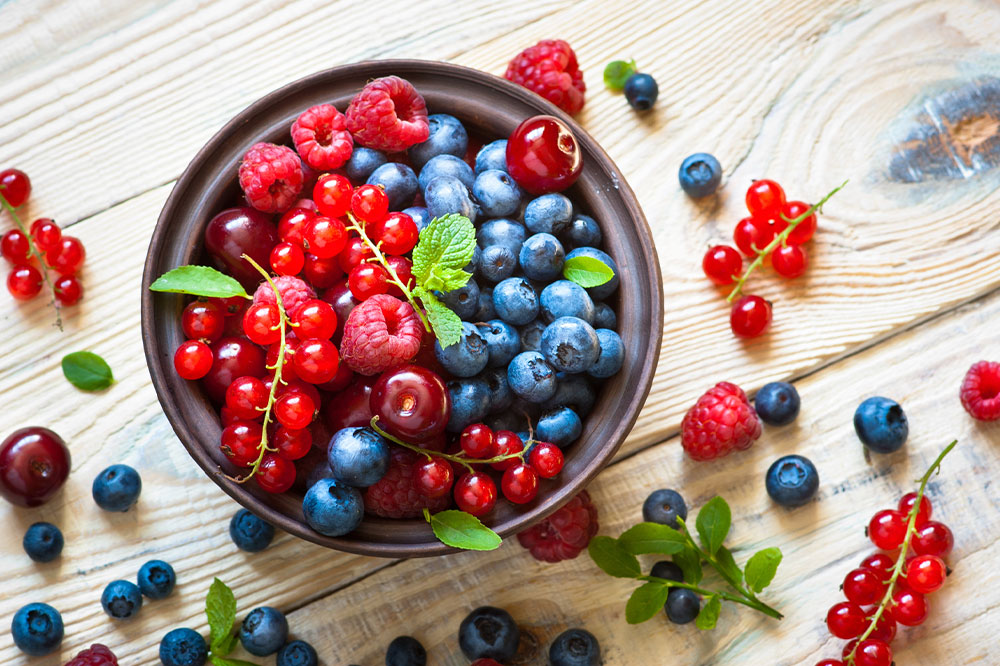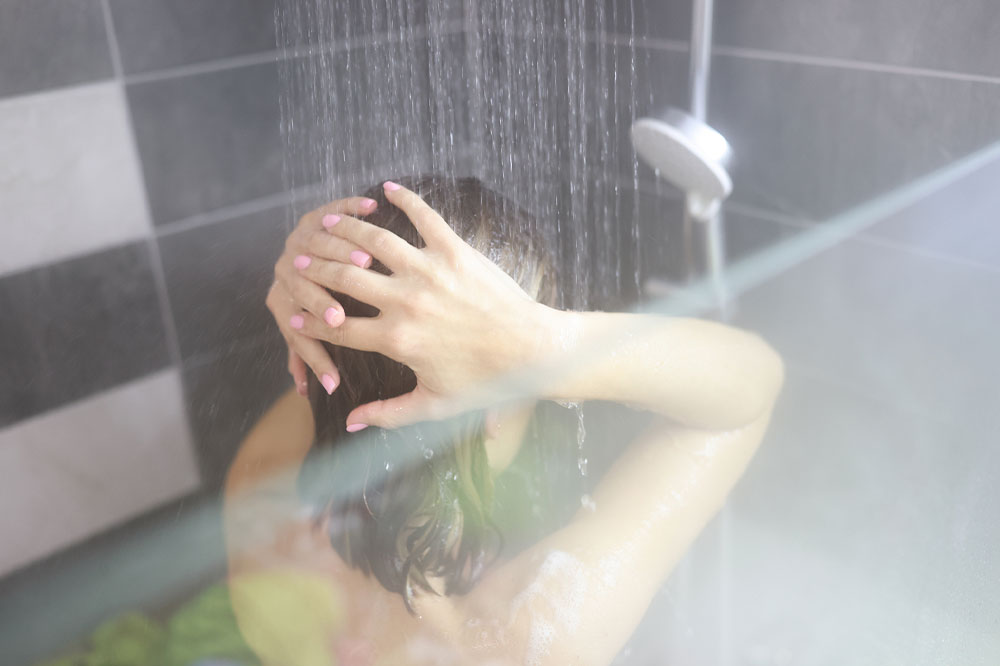Migraine management – Top 6 exercises that help

It is no secret that regular exercise is vital to maintaining overall well-being. However, indulging in physical activities might sound daunting for migraine sufferers. The good news is that certain exercises can release muscle tension and positively impact your system, easing migraines’ effects and preventing episodes altogether. However, how do you know what exercises most benefit migraine management? Read below to find out.
Types of exercises for migraine management
As a key part of a comprehensive treatment plan for migraines, exercise can help you effectively manage headaches and other symptoms. Here we have compiled the best six exercises that can help with migraine management.
- Yoga
According to the American Headache Society, tight or constricted muscles, poor posture, and excess stress can worsen headaches, especially if you have migraines. Practicing yoga can improve your posture and relax your muscles. It also claims that adding yoga to your daily routine will balance the body, mind, and spirit, positively affecting your mood and energy.
There are different forms of yoga to choose from. Most of the poses involve breathing techniques and holding postures. For instance, therapeutic yoga is a relaxing form used for better migraine management. However, before embarking on this exercise, make sure to consult with your doctor. It is crucial to seek help from professional instructors to choose effective and easy-to-do yoga poses.
- Aerobic exercises
The primary goal of aerobic or cardiovascular exercises is to strengthen muscles, ligaments, bones, and joints. On the other hand, it also serves as an excellent resource to induce the secretion of endorphins, the natural painkiller for migraines.
The exercise will give your lungs and heart a workout, thereby reducing depression, anxiety, and anger, which are the primary triggers of migraines. It will also help you have a good night’s sleep, effectively reducing the headache. Some classic aerobic activities are jumping jacks, jumping rope, running or climbing stairs, and box jumps.
If you are a beginner, start the exercise slowly and steadily to increase the frequency and stamina needed to progress in migraine management and fitness. Try to perform this exercise for at least 150–300 minutes weekly. Nonetheless, make sure to consult with your physician to determine the level of exercise that is suitable for you.
- Walking or jogging
Walking or jogging is the most overlooked exercise for excellent migraine management. Walking for merely 30 minutes a day will help you alleviate depression and improve your cardiac health.However, to reap the full benefits of these moderately intense activities, indulge in them daily, elevating your heart rate and quickening your breath and sweat after ten minutes. Researchers have also demonstrated that including other activities like dancing, jogging, swimming, cycling, and running will reduce the effects of migraines and their frequency, intensity, and duration.
- High-intensity interval training
HIIT (high-intensity interval training) workouts alternate short cardio exercises with low-impact, high-intensity exercises, followed by rest. Experts have proven that consistently performing HIIT workouts tends to have a positive effect on those experiencing migraine headaches. The exercise will reduce the frequency of migraine episodes and their intense effect on the individual.
When performing HIIT, it is advisable to begin slowly to avoid any triggering. After the workout, stretch the muscles gently to get the heart rate and blood pressure back to normal. In addition, it will prevent soreness and lower the risk of post-workout migraine episodes.
Even though they help with migraines, in some individuals, they will often stimulate the triggers of the condition. Hence, consult your doctor and observe how your body responds to the activity before performing these exercises. - Thai Chi
Thai Chi has been in practice for decades and is typically performed to improve an individual’s balance, stability, and coordination. However, it also aids in reducing the pain and depression caused by migraine episodes. Studies have shown that people who experienced episodic migraines followed this exercise for an hour five days a week. After a few weeks, they witnessed significantly improved migraine attacks, reduced body fat, and a healthy blood pressure level. - Stretching
If yoga or high-intensity exercise isn’t your thing, stretching and deep breathing can help relax your muscles. It helps those with migraines by enhancing blood circulation and reducing muscle tension. Stretch for at least ten minutes daily while paying attention to the legs, neck, and arms. It will not only ease the tension but also promote awareness of the mind. These exercise techniques will ease the tightness in crucial muscle groups and reduce the stress resulting in migraine episodes. - Deep breathing
Most people don’t know how to practice deep breathing. Instead, place one hand on your abdomen and the other on your upper chest. Take a good breath, and the hand on your abdomen should move out while inhaling. While exhaling, the hand on your chest should remain still.
Tips to prepare for exercising
Preparing to perform the exercise is an exercise, so integrate the tips below into your exercise plan to manage headaches and migraines.
- Keep good posture
Poor posture will exert pressure on your head, neck, and shoulder muscles, leading to migraines; hence, have a healthy posture while you exercise. - Warm up and cool down
Don’t jump into an exercise. Warm up your muscles to prepare the body for the activity, and stretch after the exercises to cool down the muscles. Spend at least ten minutes on each workout. - Stay hydrated
A lack of fluid in your body will trigger a severe migraine episode. You may experience a dry mouth or lack of sweating even after moderate exercise. Hence, stay hydrated before, during, and after the workout.
As they say, good things come to those who exercise regularly, especially if you have migraines. When the exercise regime is combined with a healthy meal plan and proper treatment, migraines will decrease and become less severe. Whatever exercise you choose for better migraine management, stay committed and consistent in following the activity to achieve the desired outcomes and lead an active, healthy life.


